India’s Agricultural Production
Author
Published
9/13/2024
NOTE: Iowa Farm Bureau is participating in a Governor's Trade and Investment Mission to India organized by the Iowa Economic Development Authority in September 2024. The goal of the mission is to promote and explore mutually beneficial trade and investment opportunities for India and Iowa. Stay tuned for more updates!
Grains
India is one of the largest rice producers globally and is known for its wide variety of rice, including Basmati. Rice is predominantly grown in the eastern, southern, and coastal regions, with states like West Bengal, Uttar Pradesh, and Punjab being major producers. The forecast for rice production is strong, with an expected yield of 135 MMT for the 2024/2025 MY (Figure 1). This near record production is driven by high domestic prices, which have encouraged farmers to plant more rice.
Wheat is the second most important crop in India, mainly grown in the central and northern regions, specifically in states like Punjab, Haryana, Uttar Pradesh, and Madhya Pradesh. India is expected to achieve a record wheat harvest of 112.5 MMT for the 2024/2025 MY (Figure 1). This increase is attributed to favorable weather conditions and timely planting.
Corn production is anticipated to be near record levels of production at 37 MMT for the 2024/2025 MY (Figure 1). The leading corn-producing states are Karnataka, Madhya Pradesh, and Maharashtra, which all have a favorable climate and have adopted improved farming practices, contributing to higher yields. A significant portion of India’s corn crop is used as animal feed for livestock and poultry.
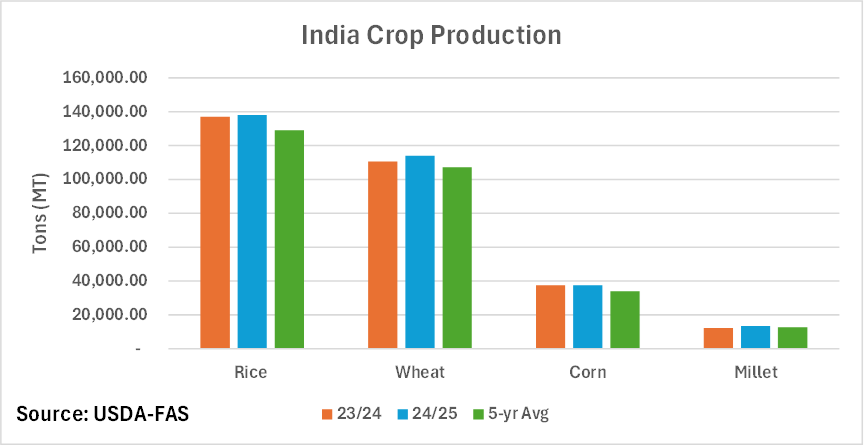
Figure 1. India Food Grain Production
Cash and Horticulture Crops
India is one of the largest producers of cotton with the Ministry of Agriculture & Farmers Welfare estimating that India produced over 33 MMT of cotton in the 2023/2024 MY (Figure 2). Cotton is a significant source of income for farmers and supports a large textile industry.
India is the largest producer and consumer of pulses (lentils, chickpeas, and mung beans), which are an essential source of protein in the Indian diet which consists of many vegetarians. India produced nearly 28 MMT in the 2023/2024 MY (Figure 2).
Oilseeds such as groundnuts, soybeans, and rapeseed/mustard are vital for edible oil production which exported $1.84 billion in 2023.
Sugarcane is a key cash crop, with India being one of the top producers globally. States such as Uttar Pradesh, Maharashtra, and Karnataka produce most of India’s sugarcane which supplies its robust sugar and sweetener export market which is valued at $3.93 billion according to the USDA.
India’s diverse climate allows for the cultivation of tropical, sub-tropical, and temperate fruits; therefore, India is a leading producer of a wide range of fruits, including mangoes, bananas, apples, and oranges. India produced over 112 MMT of fruit in the 2023/2024 MY according to the Ministry of Commerce and Industry, Government of India (Figure 2).
India is one of the top producers of vegetables like potatoes, onions, tomatoes, and green peas. India is the largest producer of ginger and okra, producing 2.43 MMT and 4.5 MMT respectively in 2023 according to the USDA.
India is renowned for its spice production as it exports $3.72 billion annually, from crops like black pepper, cardamom, turmeric, ginger, and chili. Spice production has increased by 17% over the past five years (Figure 3).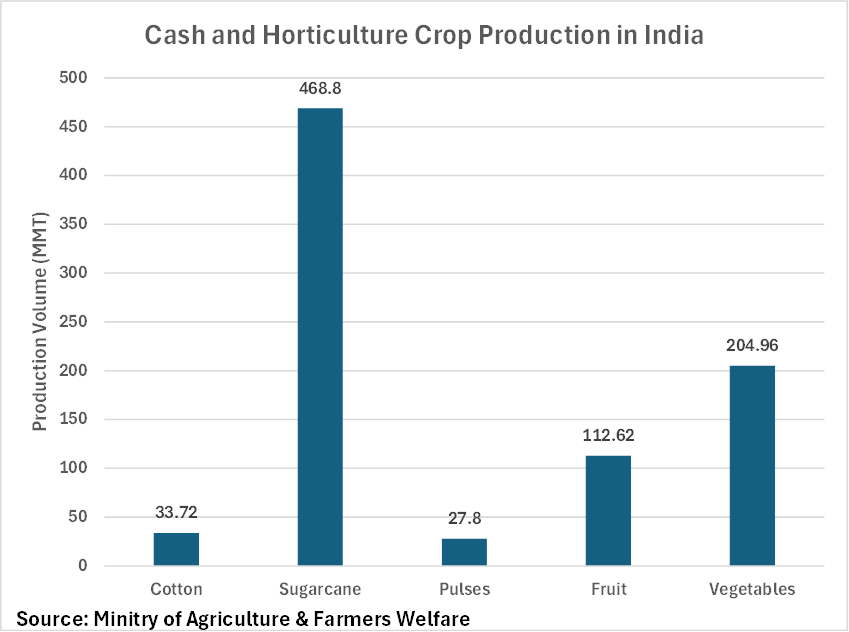
Figure 2. Cash and Horticulture Crop Production in India
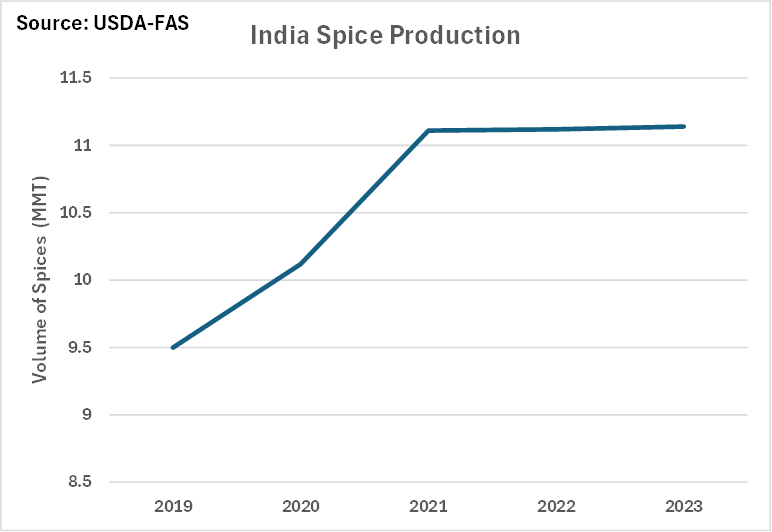
Figure 3. India Spice Production
Livestock
India’s cattle industry is one of the largest in the world, with cattle playing a crucial role in the country’s agricultural economy, culture, and rural livelihoods. India has the largest cattle population globally, with the USDA estimating that India’s cattle herd is composed of nearly 194 million dairy cattle and 110 million water buffaloes. Consequently, India is the leading milk producer in the world at over 221 MMT in 2022. Cows hold a sacred status in Hinduism, the dominant religion in India, and therefore cow slaughter is banned or restricted in many states. Buffaloes, however, do not have the same restrictions which leads to India being the world’s largest producer and exporter of carabeef. The USDA-FAS estimates that India will produce (4.61 MMT) and export (1.55 MMT) of carabeef in their 2024 MY. The states with the largest cattle herd are West Bengal, Uttar Pradesh, and Madhya Pradesh, each with over 18 million heads.
India’s goat and sheep industries are a significant component of the country’s livestock sector consisting of nearly 149 million goats and 74 million sheep (Figure 4). Mutton makes up 20% of India’s total meat production.
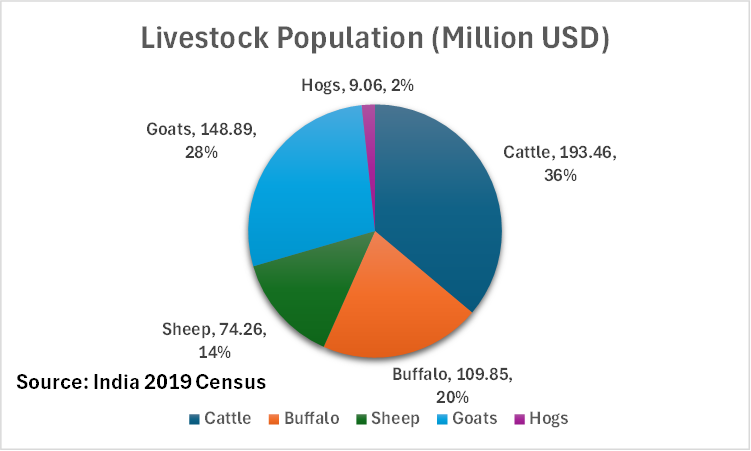
Figure 4. India’s Livestock Population
Poultry
Poultry is one of the fastest growing segments of the agricultural sector in India with around eight percent growth rate. The poultry industry has undergone a paradigm shift in structure and operation from a backyard activity into a major commercial industry. India produces over 95 billion eggs and more than 4.5 MMT of poultry meat annually. The poultry industry in India is diverse, consisting of large, vertically integrated companies, medium-scale producers, and small-scale farmers. The broiler industry has seen significant growth due to rising demand for chicken, which is considered an affordable source of protein. The broiler industry is primarily domestic, with chicken being the most consumed meat in India as demand has been driven by the growing population and rising incomes. India boasts the third largest layer industry, as eggs are a staple of Indian cuisine. Andhra Pradesh is the top egg producing state comprising of over 20% of India’s production (Figure 5). 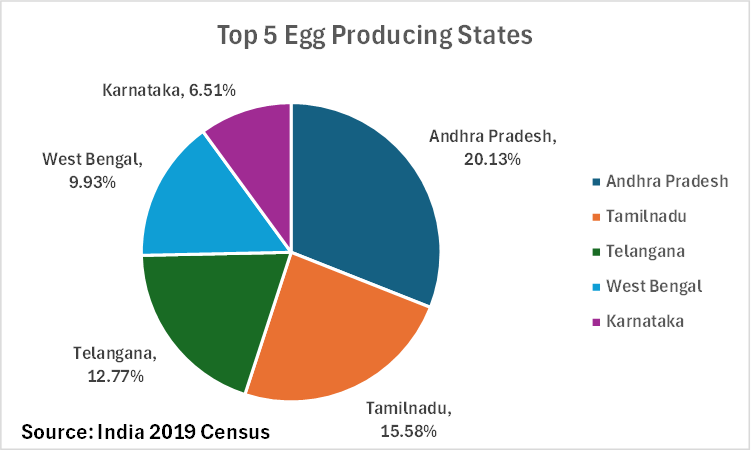
Figure 5. Top Five Egg Producing States in India
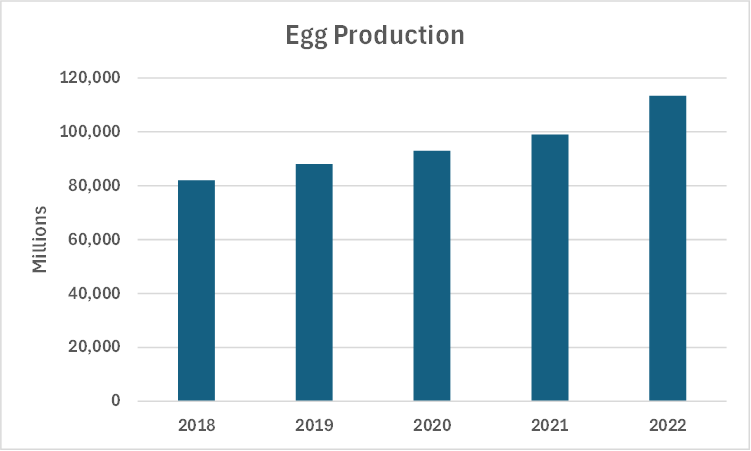
Figure 6. India’s Egg Production
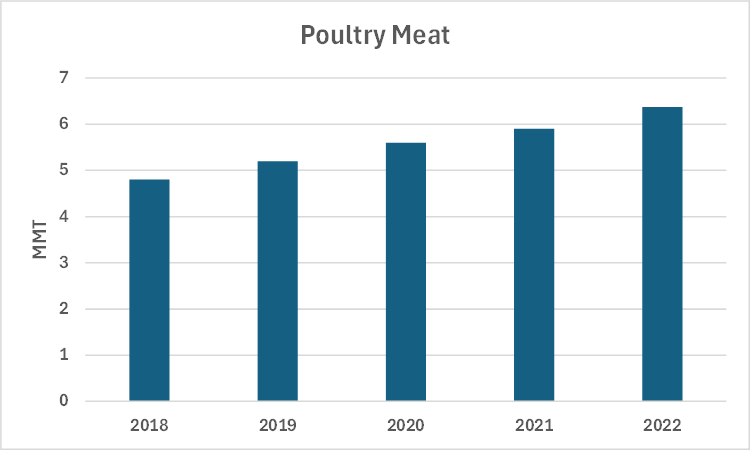
Figure 7. India’s Poultry Meat Production
Want more news on this topic? Farm Bureau members may subscribe for a free email news service, featuring the farm and rural topics that interest them most!